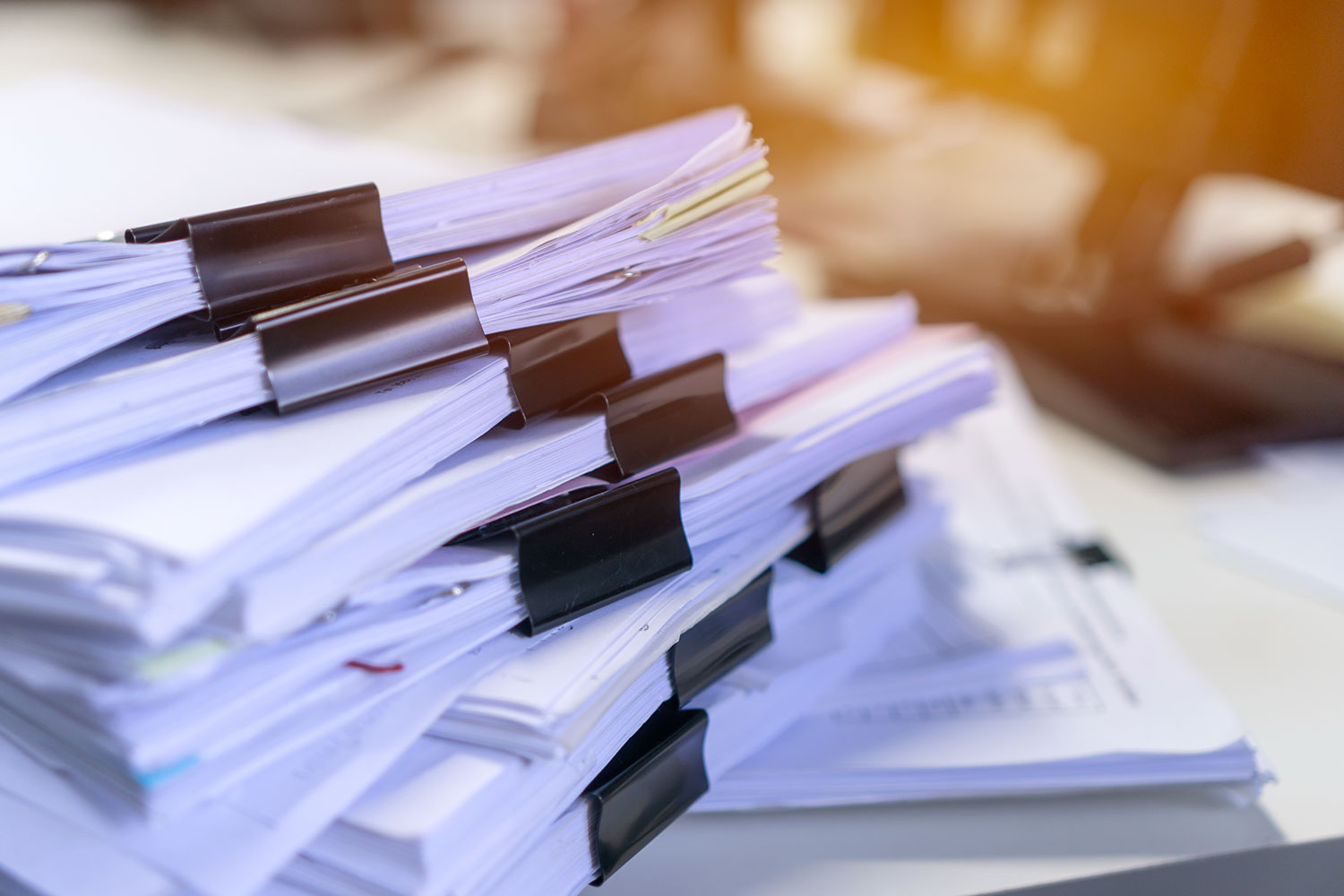
NDT Controls (PT)
Penetrant Testing (PT)
3 May 2024
The non-destructive testing method using penetrant liquids is based on the visual examination of the surface after the sequential application of a penetrant product and a developer.
Essentially, the method shows surface-breaking discontinuities that are not visible or difficult to see to the naked eye.
Physical Principles This method uses any penetrant liquid, which is a solution or suspension of dye, that, applied onto the surface of nonporous metals and other materials, allows the detection of discontinuities which are open to the surface through capillary action. The excess penetrant is then removed, the part is dried, and a developer is applied. The developer functions both as a blotter to absorb penetrant that has been trapped in discontinuities, and as a contrasting background to enhance the visibility of penetrant indications. The dyes in penetrants are either color contrast (visible under white light)or fluorescent (visible under ultraviolet light).
Control Procedures
- Surface Preparation:
The surface must be free from oil, grease, primers, dust, or other contaminants that could affect the penetrant’s ability to penetrate the surface. The cleaning method must ensure the surfaces are cleaned without altering the nature of the defect or its accessibility. - Dye Penetrant application
Some of the Key application methods include are:
- Brush application
- Spray application
- Dwell time
Penetrant dwell time is the total time that the penetrant is in contact with the inspected material surface. The dwell time is important because it gives the penetrant the time necessary to seep or be drawn into a defect. Dwell times are usually recommended by the penetrant producers or required by the specification being followed. The time required to fill a flaw depends on a number of variables which include the following:
- Surface temperature
- Type of discontinuity
- Surface finish
- Base material
- Excess Penetrant Removal
After the specified penetration (dwell) time has elapsed, any penetrant remaining on the surface shall be removed, taking care to minimize removal of penetrant from discontinuities. According to the type of penetrant used, a different method of cleaning may be required:
- Water-removable liquids: where a spray of water is used for the removal; To minimize removal of penetrant from discontinuities, care shall be taken to avoid the use of excess water.
- Solvent-removable liquids: Excess solvent removable penetrants shall be removed by wiping with a clean, dry, lint-free cloth or absorbent paper, repeating the operation until most traces of penetrant have been removed. The remaining traces shall be removed by wiping the surface with cloth or absorbent paper, lightly moistened with solvent. To minimize removal of penetrant from discontinuities, care shall be taken to avoid the use of excess solvent.
- Application of the Developer
Before applying the developer, the component must be completely dried. Forced air circulation is often used for this purpose.
- Dry Developers:
Dry developer shall be applied only to a dry surface by a soft brush, hand powder bulb, powder gun, or other means, provided the powder is dusted evenly over the entire surface being examined. - Solvent-based Developers:
This type of developers are applied with spray cans directly on the surface, which must be thoroughly dried. A very thin and uniform layer must be applied. In case of fluorescent penetrants, the layer should be as thin as possible.
- Interpretation of Indications
Indications are evaluated in terms of the acceptance standards of the referencing Code Section or material specification. Indications can be classified as relevant, irrelevant, or false. - Final Cleaning
When post-examination cleaning is required by the procedure, it should be conducted as soon as practical after Evaluation and Documentation using a process that does not adversely affect the part.
3 May 2024















